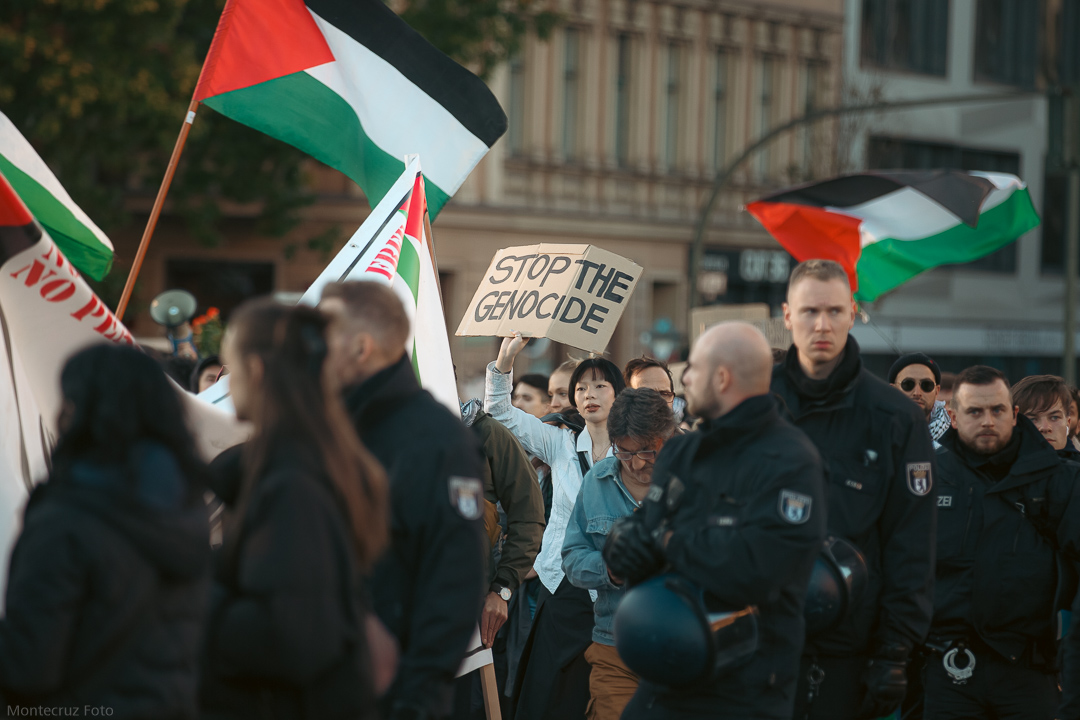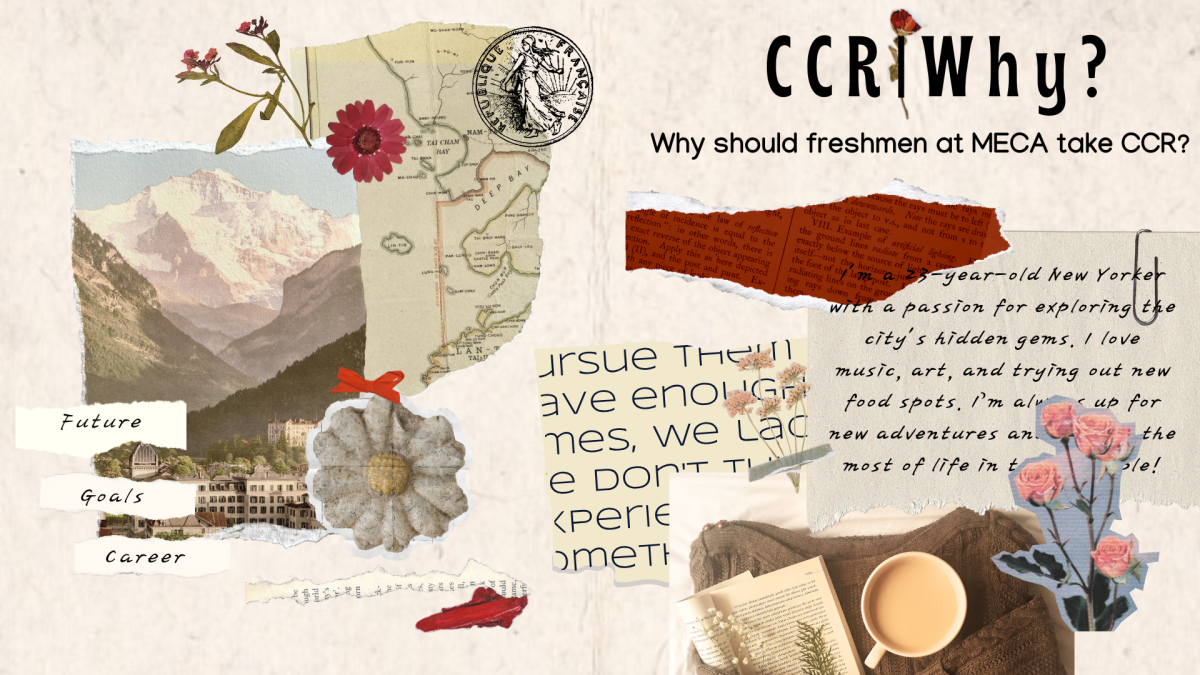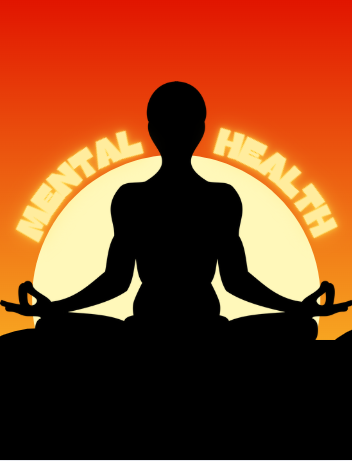Disclaimer: This article is an opinion piece. Any views or opinions represented in this piece are personal and belong solely to the article author and are not endorsed or representative of The Academy Chronicle, Mt. SAC ECA, or the West Covina Unified School District.
The First Amendment in the United States Constitution states, “Congress shall make no law respecting an establishment of religion, or prohibiting the free exercise thereof; or abridging the freedom of speech, or of the press; or the right of the people peaceably to assemble, and to petition the government for a redress of grievances.”
However, this amendment is only partially guaranteed and frequently only applies to specific causes that assist in the safety of the overall population. Regarding the current tensions and conflict between Israel and Palestine, there’s now a notion within the student community that the university system has disregarded this amendment.
UCLA is currently one of the nation’s public universities, if not THE BEST. With an acceptance rate of 8% (and dwindling), this campus in sunny Los Angeles is a dream for many high school seniors. Despite its prestige and mission for “academic freedom in its fullest terms” with “open access to information, free and lively debate conducted with mutual respect for individuals, and freedom from intolerance,” some students believe the current situation on campus is less than that.
On May 1, 2024, a pro-Israel counter-protest mobilized towards the northeastern side of the UCLA campus that housed the Palestinian student protesting encampment. The pro-Israel movement began trying to tear down the encampment walls, then escalating the violence with some counter-protestors throwing and spraying things like bear spray, pepper spray, and even fireworks aimed directly at the students. This violence came after two weeks of peaceful student protesting. During this time, encampment activists made posters like “UCLA says freedom for Palestine” and “Ceasefire now.”
As the protests continued at UCLA, the movement grew, and so did a movement of disgruntled opposers. Now, videos are swirling around on the internet of bleeding student protestors and the pushing, punching, and shoving that occurred that night. One UCLA student is reported to have been driven away by an ambulance due to the injuries sustained by getting jumped by counter-protestors, some of whom identify as Zionists (Zionism being a political ideology that is in support of the evolving development and protection of the state of Israel). From an outside perspective, this scene is nothing short of terrifying and shocking.
After all, this is not the first (or last time) a protest like this has happened on a significant College campus. However, this is one of the biggest nationwide student protests since the 70s, enough time for this movement to be impactful for a new generation. As many high school seniors graduating in 2024 begin their transition into university, a growing portion of this generation feels significantly unsupported by the systems that are supposed to help them foster change. They are currently wondering what this means for their future.
To fully understand the complexity of this issue and why the movement of America’s students reflects the conflict in Palestine, the origin of the hostilities must be understood. Following Israeli settlers storming the Al-Aqsa Mosque compound after a record number of Palestinians had been killed by Israel in 2023, the Palestinian Islamist group Hamas, a terrorist organization, led a surprise attack against Israel from the Gaza Strip on October 7, 2023.
Shortly after the attacks began, Israeli authorities cut off essential services to Gaza’s population. They blocked off entry to critical humanitarian aid as a “collective punishment” for the war crimes committed. Since then, Israeli air strikes have consistently hit Gaza, hitting schools and hospitals and reducing neighborhoods to mere rubble, as well as unlawfully using white phosphorus in densely populated areas.
As a result, Gaza is currently experiencing a humanitarian crisis. The United Nations states that 1.7 million people are internally displaced, which is approximately 75% of Gaza’s residents. This displacement has challenged the humanitarian response regarding shelter, food, sanitation, and health. Significant delays have been in transporting aid through crossing and Israeli checkpoints and safely delivering it, contributing to a March warning from the Integrated Food Security Phase Classification that “famine is imminent.”
However, this conflict didn’t arise due to the surprise attack on Israel, but rather, Israel and Palestine have had a long history of disputes and conflicts over territory.
Under UK administration by the League of Nations in 1922, Palestine was among the former Ottoman territories; the territories eventually became fully independent states, except Palestine, where in addition to “the rendering of administrative assistance and advice,” the British Mandate incorporated the “Balfour Declaration” of 1917, expressing support for “the establishment in Palestine of a national home for the Jewish people.” During the Mandate, from 1922 to 1947, large-scale Jewish immigration took place in the 1930s due to the Nazi persecution of Jewish people during World War 2.
Social media posts, like those by @middleeastmatters and @eye.on.palestine on Instagram, have shared videos and photos of raid aftermaths, people seeing their dead loved ones, and families asking for aid. One video in particular, posted by @middleeastmatters, shows a group of children “begging the world to save them” at a press conference.
For years, protests on college campuses in the United States have been a significant part of the nation’s history, serving as platforms for social and political activism. You can see this in the Vietnam War era when students vehemently opposed the war’s escalation and the USA’s decision to get involved. In the 1960s, the Civil Rights Movement spurred protests demanding racial equality and an end to segregation on campuses. Even issues such as women’s rights, LGBTQ+ rights, environmental concerns, and gun control have sparked student activism.
Not only has protesting always remained a notable part of student activism in the US, but the tension between universities and our government has been a norm. Notable events include the Kent State shootings in 1970, where National Guard troops fired on protesting students, and more recently, the Occupy Wall Street movement in 2011, which originated from a call to address economic inequality. Now, the current protests are happening nationwide, calling for a ceasefire in Gaza. While the sensitivity surrounding both involved countries’ conflicting religions and beliefs is spurring tensions, and while protests can be daunting and often worrying, it is essential to remember that these protests play a vital role in college campuses as hubs for social change and the expression of dissent.
Many students, especially in the university system, believe it’s time to encourage differing perspectives while focusing on those at the most significant disadvantage. USC’s 2024 Valedictorian, Asna Tabassum, wanted to speak up on this issue and her perspective as a student on a central campus with some of the most spoken-about protests in her valedictorian speech. However, in early April, her speech was canceled by USC, the university citing “safety concerns.”
Asna stated on CNN, “I am both shocked by this decision and profoundly disappointed that the University is succumbing to a campaign of hate meant to silence my voice.” Asna later received a standing ovation from her peers at USC’s graduate school, and she was being honored on the big screen, voicelessly.
However, it is easy to form opinions and interpretations of student protestors’ true motivations. So, to truly get the complete picture, a second-year student at UCLA who has chosen to remain anonymous has offered this statement explaining the message the encampment stood for:
“The camping began as a show of support for Palestine and an indication to UCLA about their failure to stop a genocide from happening to entire communities as well as its students. The first day the encampment opened, I visited it immediately following class. Together with my friends, I went to provide water and food. The beauty with which everyone had arranged things and the way in which we, as students, could forge a community moved me to near tears.
As soon as the counter-protesters learned of the encampment, roughly twenty people arrived, trying to confront us with speakers, microphones, and banners. We were all forced to ‘chain up’ and lock hands around the camp, using our bodies as shields to protect each other as the counter-protesters stood behind us, as soon as some people began running into the camps in an attempt to cause a commotion. Words like ‘terrorist’ and ‘rapist’ were directed at me, but I was able to ignore them like we were usually instructed. The third event, in which we had to link up once more to guard our community prayer because counter-protesters were attempting to enter and record, is one that frequently comes to mind. It was really terrible.
As these scenes replayed in my mind, anxiety overcame me, and I made the decision to skip the last few days of the demonstration because the level of violence had increased.. As the police utilized their power, word spread that there was a man with a gun on the fourth story of my building. Numerous counter posters with weapons were also apparent waiting for the students to return to their dorms. Many restless nights with only two or four hours of sleep later, we learned that someone had been hospitalized and sexually assaulted.
Up until counter-protesters who don’t even attend our school showed up, I always felt safe being in the campground and strolling about campus. I can’t stop thinking about how the number one public university let my friends, faculty, and colleges down. They were viciously attacked and arrested, yet they let the horrible people get away with it. Even though I still find it difficult to comprehend all of these instances of injustice and violence, I try to keep in mind that, as students, we did our best and will continue to do our best to uphold morality. I’ve witnessed what it looks like for a community to come together and maintain its resilience.
We have even heard the voices of the children of Gaza, but I think it’s most important to know that they have taught us more and given us a voice too. Personally, there was a moment where I even questioned continuing my thoughts and views on how the higher education system failed us, but I remember that the community of students held each other up and fought for their own rights. I believe in humanity even more now, although we were surrounded by violence and people who opposed our existence. I continue to be optimistic about the future and hope for a better outcome. Power to the students, and long live Palestine.”
Almost one month later, after the encampment was torn down by the LAPD, there are still dozens of protests and clashes between opposing movements. It can be difficult to understand or even care when tensions are so high. The most important aspect of this, is that as students demand for their voices to be heard, violence and restriction against them don’t seem to extinguish their passion or influence on this pivotal issue.









